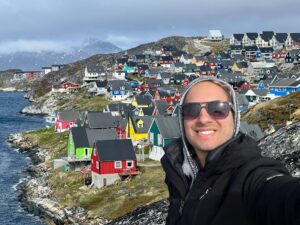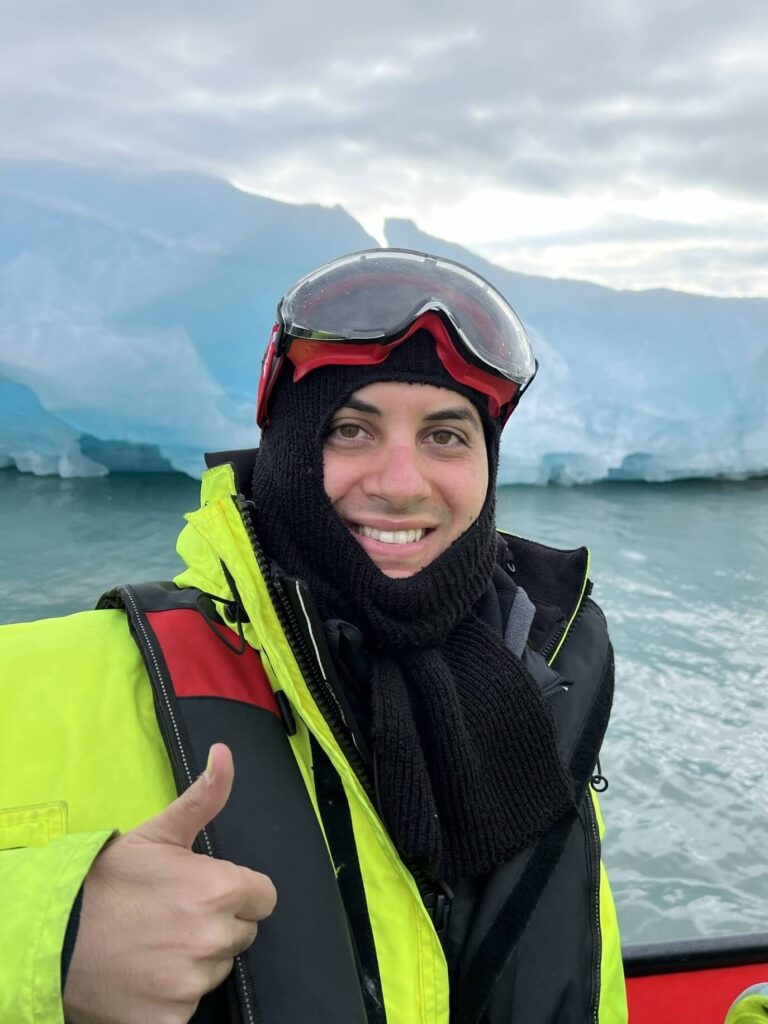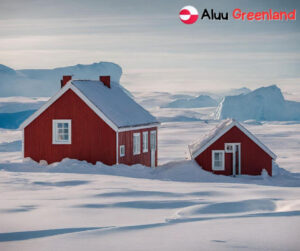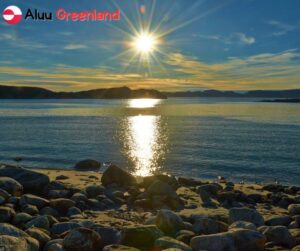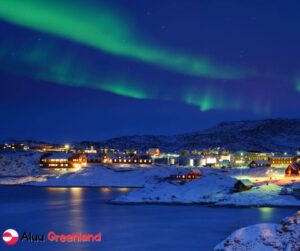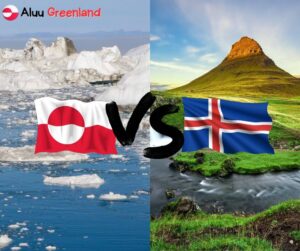Suicide is a complex issue with many factors that contribute to its prevalence in different societies worldwide.
What might surprise some people is that Greenland has among the highest suicide rates worldwide, an issue that profoundly affects individuals and communities alike.
In this blog post, we’ll explore why suicide rates are so high in Greenland, what interventions have been introduced to try and reduce those numbers, and how residents are working together to create meaningful change within their community.
By understanding more about what drives high levels of suicide in this region of our globe, we can help shine a light on one of the darkest corners of our planet – one where hope remains if we strive to respond thoughtfully and caringly.
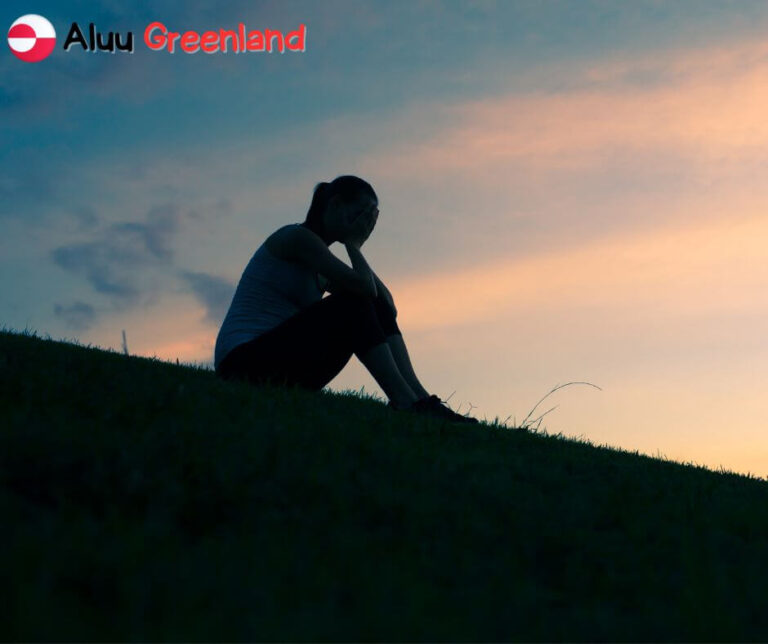
An Overview of Suicide in Greenland
Suicide in Greenland is a complex and heart-wrenching issue that has been a concern for many years.
Despite being sparsely populated, Greenland has one of the highest suicide rates in the world. The reasons behind this high rate are multifold.
From 1985 to 2012, reports indicated that, on average, 83 out of 100,000 people in Greenland died by suicide each year – which makes up more than 20% of all deaths in the country.
Moreover, suicide is much more prevalent among young people between 15 and 24 than among other age groups.
The rate of suicide in Greenland began to rise in the 1970s slowly and then drastically accelerated by 1986.
At this time, suicide became the leading cause of death among young people.
This trend was mirrored among the Inuit in Canada with their similarly high rates.
By 1990-1994, Greenland had become one of the countries with one of the highest rates of suicide in the world, at 107 per 100,000 persons dying by suicide per year.
More tragically, according to data from 2010 reported by the Government of Greenland, almost one person would take their own life each week.
Factors Contributing to High Rates of Suicide in Greenland
Greenland, a vast and sparsely populated island, faces one of the highest suicide rates in the world.
Several factors contribute to this startling statistic, including the harsh Arctic climate, high rates of alcoholism, and socio-economic disparities.
The isolation and loneliness that often accompany life in rural areas of Greenland can also contribute to feelings of despair.
Greenland is one of the world’s least populous and coldest nations, with cultural and geographical isolation.
Additionally, the effects of colonization and intergenerational trauma have profoundly impacted the mental health of the Inuit population.
The challenge of addressing these complex issues can seem overwhelming, but efforts are underway to increase access to mental health services and preventative measures.
Understanding the multiple factors that contribute to high rates of suicide in Greenland is a critical step toward developing effective solutions.
Reasons for Suicide in Greenland
Here are the most common reasons for suicide in Greenland:
Alcoholism
Like any other cold country, alcohol is a coping mechanism for the freezing weather. Alcoholism in Greenland is widespread and affects almost every family.
It may cause people to become depressed and take drastic steps.
Isolation & Loneliness
The Arctic climate in Greenland can be incredibly isolating, leaving residents feeling disconnected from the rest of the world.
This isolation can exacerbate feelings of loneliness, which may lead some individuals to consider suicide as an escape.
And because there are no roads from city to city in Greenland because of the ice, it can be difficult for people to access the help and support they need.
Poverty
Greenland’s high unemployment and poverty rates contribute to feelings of hopelessness and desperation for many.
Limited access to resources creates additional stressors, which can lead some people toward suicide.
Weather Conditions
The long, dark winters and short summers in Greenland can cause people to feel isolated and depressed.
The cold weather can also make it difficult for people to access the help they need.
Intergenerational Trauma
The lack of sunlight, cold temperatures, and remoteness of Greenland can cause intergenerational trauma passed down from generation to generation.
Cultural conflict
Some Greenlanders feel the gap between the Inuit and modern Western cultures has grown more expansive, creating much distress and grief among those caught in this cultural divide.
This can contribute to feelings of hopelessness and lead some individuals to consider suicide as an escape.
The suicide methods in Greenland
Hanging is the most common method for both sexes in all age categories up to 45 years.
Among people aged 46 and above, shooting was more commonly used than hanging as a suicide method.
Other methods used were poisoning (mainly with carbon monoxide), drowning, jumping from heights, and cutting with sharp objects.
The prevalence of suicide by shooting could be linked to the fact that guns are easier to access than rope or other items needed for hanging.
Tasiilaq – The “capital of suicides”
In Tasiilaq, the suicide rate is much higher than in the rest of Greenland.
Many locals attribute this to the lack of access to mental health services and the high rate of depression due to socio-economic disadvantages such as unemployment and poverty.
Tasiilaq has become the “capital of suicides” and has struggled to deal with this urgent issue effectively.
The city has struggled with its high suicide rate, particularly among its youth.
The city’s population is around 1,985 (as of 2020), and it is the most populous community on the eastern coast.
Tasiilaq is the seventh-largest town in Greenland, and it’s a popular travel destination for travelers from Iceland because of its proximity to Iceland and the travel packages offered by the Icelandair airline.
Suicide among the Inuit
The Inuit are indigenous to Greenland, and the suicide rate among this population is exceptionally high.
Mental health issues such as depression, substance abuse, and trauma have been identified as risk factors for suicide in this group.
Low life expectancy, lack of access to mental health services, cultural conflicts between traditional and modern ways of living, and the harsh Arctic climate can all contribute to feelings of hopelessness and despair.
These issues must be addressed to decrease suicide rates in Greenland.
Awareness campaigns, mental health services, and support programs could help reduce the number of suicides in this region.
The Impact of Suicide in Greenland
Suicide has devastated the people of Greenland, leaving a deep and lasting wound in the community.
It has caused an increase in anxiety, depression, and other mental health issues among those living in the area.
Furthermore, there is also an increased sense of hopelessness as individuals struggle to cope with the aftermath of suicide.
In addition, there are ripple effects on the families and friends of those who have died by suicide. Many feel a deep sense of grief and guilt for not being able to prevent the tragedy from occurring.
Governmental Response to the Suicide in Greenland
The devastating news of the high suicide rates in Greenland has been a wake-up call for the government to take prompt action.
The government has recently launched several initiatives and programs to address the issue.
Efforts have been made to increase access to mental health care services and strengthen partnerships with local communities to spread awareness about suicide prevention.
To combat this issue, there has been a national suicide prevention strategy implemented with courses, education, outreach in local communities, and involving professionals such as teachers, social workers, and doctors.
Here’s to hoping that all their hard work pays off!
Life Expectancy in Greenland
The life expectancy is low in Western terms and stands at 71.4 years in the general population (for men: 67.44 years, for women: 72.85 years).
Distribution by age: 23% aged 0 to 14, 70.1% aged 15 to 64, and 6.9% aged 65 and over.
In other nearest countries, for example, Iceland, life expectancy is much higher and stands at 83 years, and 81 years in Denmark.
Narsaq massacre
Did you know? On 1 January 1990, the community of Narsaq tragically experienced the worst mass shooting in Greenland’s history. Seven people were killed during a party meant to celebrate the new year, and one was critically wounded, leaving behind unfathomable grief and sorrow.
This event has left a devastating mark on the town of Narsaq and its people-a wound that will likely never heal.
In conclusion
Suicide has had a devastating impact on the people of Greenland.
The government is taking measures to address this issue and provide access to mental health services, yet much still needs to be done.
The government must continue to work towards reducing the suicide rate in this region, as it has profoundly affected those living here and their loved ones.
Let’s hope that the initiatives and programs they have launched will bear fruit soon enough!

